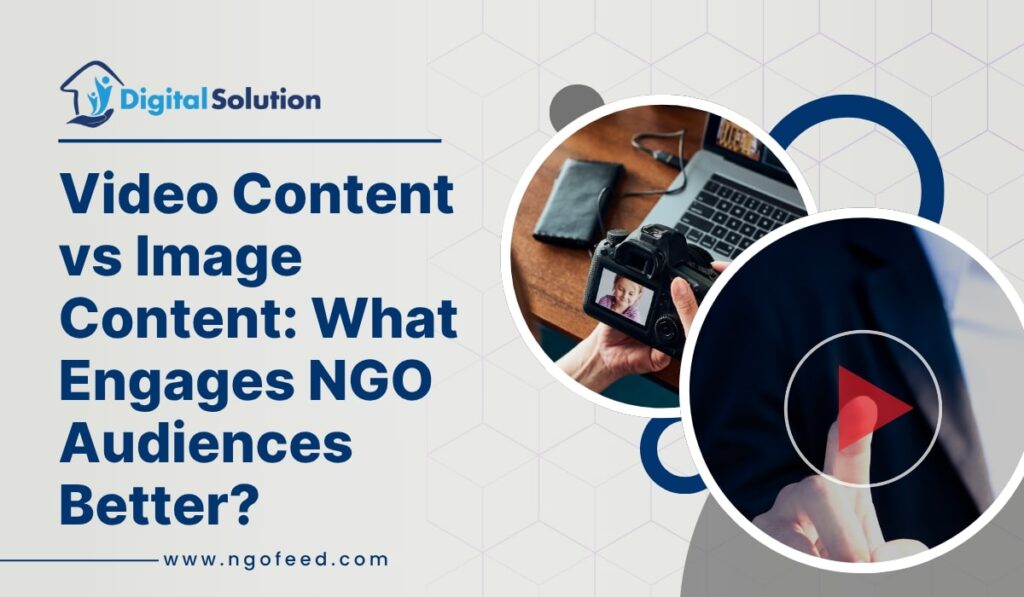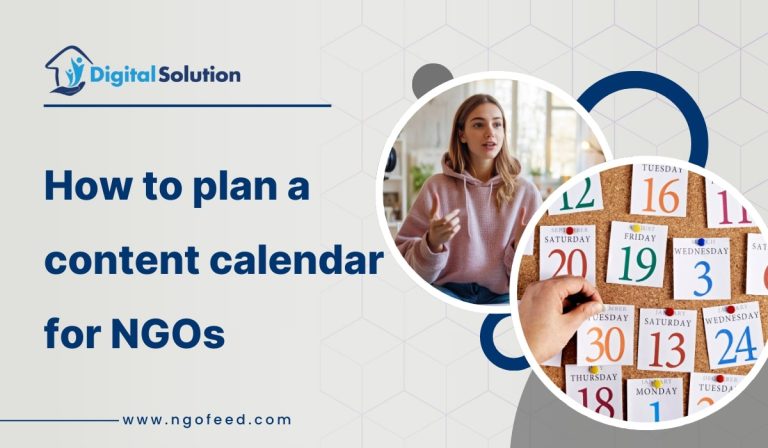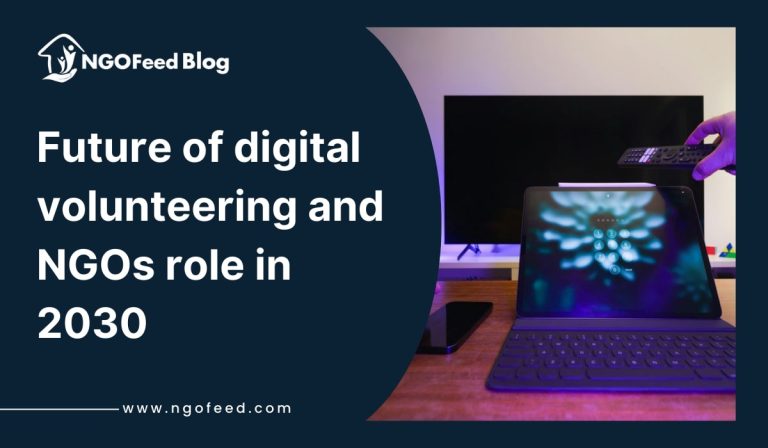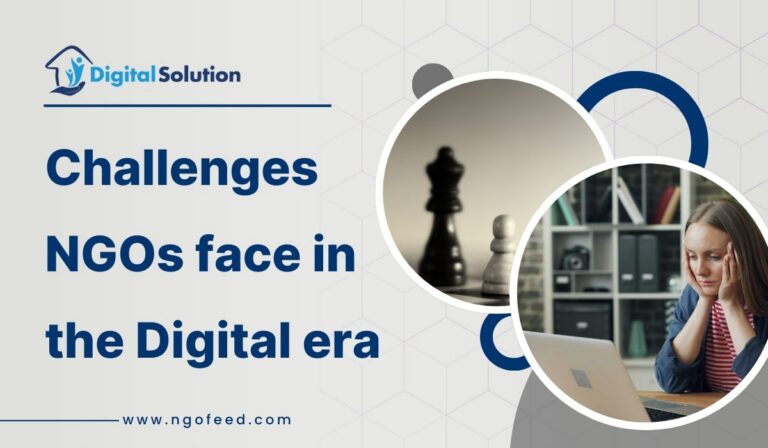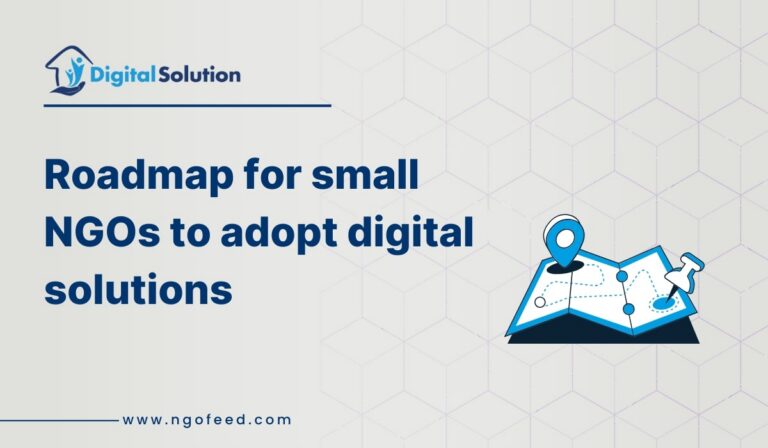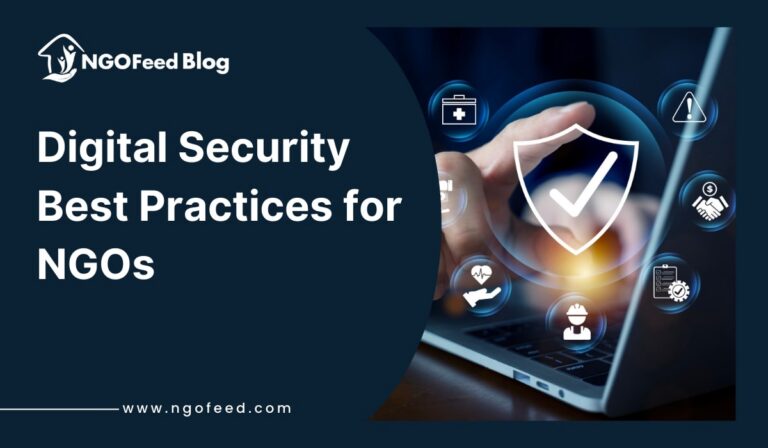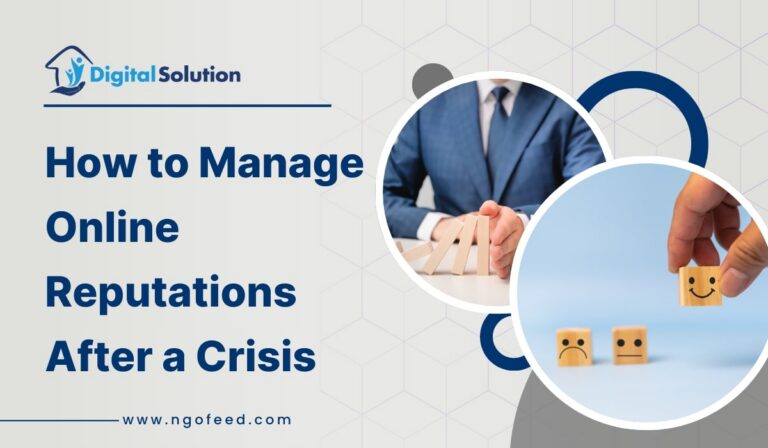Video Content vs Image Content for NGOs: For NGOs, good communication is not only about raising knowledge but also about motivating action, establishing trust, and collecting resources. Visual storytelling has emerged as the foundation of nonprofit involvement plans in the digital-first environment of today. Among visual media, films and photographs rule social media, campaign outreach, and fundraising campaigns. Both formats have their advantages, but the important issue is which one draws in NGO audiences better: image content or video content?
Table of Contents
Arguing for Video Material
- Strengths – Emotional Affect: NGOs can create potent stories using images, sound, and storytelling thanks to videos. Than fixed portrayals, a brief video on a beneficiary’s path can generate empathy and motivate contributions more successfully.
- Rate of higher engagement: Research indicates that video posts on social media provide more likes, comments, and shares than still photos, hence they are a means of virality.
- Instructional Value: Video explainers, animations, or documentary-style narrative may help to better illustrate difficult topics like public health, gender equality, or climate change.
- Fundraising Efficacy: Crowdfunding sites reveal that video-driven donation efforts generate more money than those based only on pictures.
Restrictions
- Resources needed in video creation include equipment, editing, scripting, cost, and effort.
- Attention Long videos that are not well-written run the risk of losing audience attention.
- Accessibility: Poor rural internet connection could restrict reach.
Video Content vs Image Content for NGOs – The argument for image content
- Advantages – Instant Communication: In a few seconds, a compelling picture can communicate feelings. Pictures are sometimes more effective for fast-moving platforms like Twitter or Instagram.
- Fast Production and Low Cost: Good photographs may be quickly shared without significant editing or production costs.
- Simple to share: Lightweight pictures are easily accessible even in low-bandwidth locations—vital for NGOs operating in remote regions.
- Campaign Branding: NGOs keep uniform branding across projects with infographics, posters, and influence snapshots.
- Restraints: Limited Depth: An image on its own lacks context; hence, captions or supporting text might be needed. Over time, static photographs may not hold viewers’ attention as video would.
Audience Reactions and Patterns
Social media algorithms are giving increasing priority to video material in newsfeeds on Facebook, Instagram, and LinkedIn among others.
- Demographics: Shorter form videos (Reels, Shorts, TikTok) are more actively viewed by younger demographics (18–35). Older groups may still favor picture-based upgrades.
- Donor Expectations: Local supporters may connect more with event pictures or infographics, whereas worldwide funders sometimes expect impact videos.
Video Content vs Image Content for NGOs – Comparative Table
| Aspect | Video Content | Image Content |
|---|
| Emotional Engagement | High – combines visuals, sound, and storytelling | Moderate – relies on single-frame impact |
| Cost & Effort | High – requires production & editing | Low – quick and affordable |
| Reach in Low-Bandwidth Areas | Limited | High |
| Social Media Algorithm Boost | Strong | Moderate |
| Fundraising Effectiveness | Higher | Moderate |
| Best Use Case | Storytelling, donor appeals, awareness campaigns | Infographics, quick updates, event coverage |
NGO Strategic Consequences
Best suited is a blended strategy: images for consistency and rapid updates; videos for storytelling and donor participation.
Choices Particular to a Campaign:
- Videos are excellent for awareness campaigns, fundraising, and impact stories.
- Utilize images for live event coverage, progress reports, and infographics.
- Local Organizations operating in poor data or rural settings may rely on photographic content; urban/global-facing NGOs should give video narrative priority.
- Regularly monitor audience preferences by means of analytics-driven decisions and engagement measures (clicks, shares, donations).
Conclusion
Whether NGO audiences engage better on video or image content varies; there is no one-size-fits-all solution. Pictures outperform in accessibility, cost-effectiveness, and quick communication, whereas videos help storytelling and fundraising more effectively. For NGOs, the most successful approach is a hybrid content model—using images for branding and daily engagement as well as videos for high-emotion campaigns. In essence, success depends on coordinating the design with the goals of the NGO, audience characteristics, and technical background.
Frequently Asked Questions (FAQs)
1. Which content format is better for fundraising—video or image?
Videos generally perform better in fundraising because they allow NGOs to tell emotional stories and demonstrate impact more effectively. Campaigns with short, authentic videos tend to raise more donations than static image campaigns. However, using images alongside videos (as supporting visuals) can strengthen credibility.
2. Are videos more effective on social media than images?
Yes. Social media platforms like Facebook, Instagram, and LinkedIn prioritize video content in their algorithms, giving it higher reach and engagement. Short-form videos (Reels, YouTube Shorts, TikTok’s) are especially effective among younger audiences. Still, images (infographics, posters, updates) are excellent for consistent posting.
3. What type of videos works best for NGOs?
mpact Stories – showcasing beneficiaries’ transformation.
Behind-the-Scenes – showing how donations are used.
Event Highlights – coverage of NGO programs or campaigns.
Explainers & Animations – simplifying complex issues (health, environment, education).
Donor Thank-You Videos – strengthening relationships with supporters.
4. What type of images work best for NGOs?
High-quality Photographs – of beneficiaries, volunteers, or events.
Infographics – data-driven impact presentations.
Before-and-After Images – showcasing transformation.
Posters/Banners – for awareness days and campaigns.
5. How can NGOs use videos and images together?
The most effective strategy is a hybrid approach:
Launch a campaign with a video story.
Share supporting images and infographics as follow-ups.
Use short video clips on Instagram/WhatsApp for attention and images for reminders and updates.

